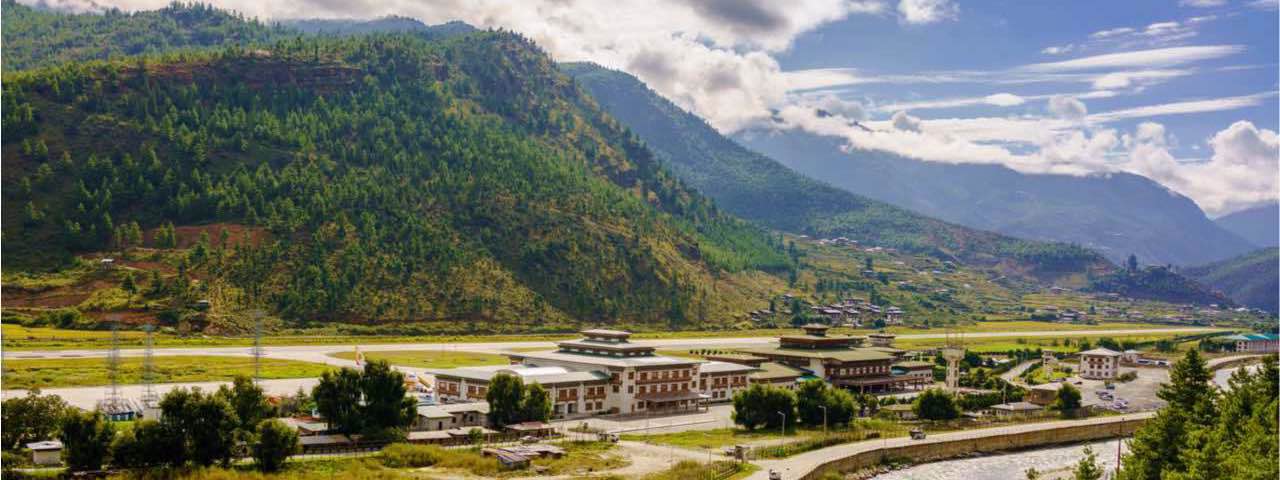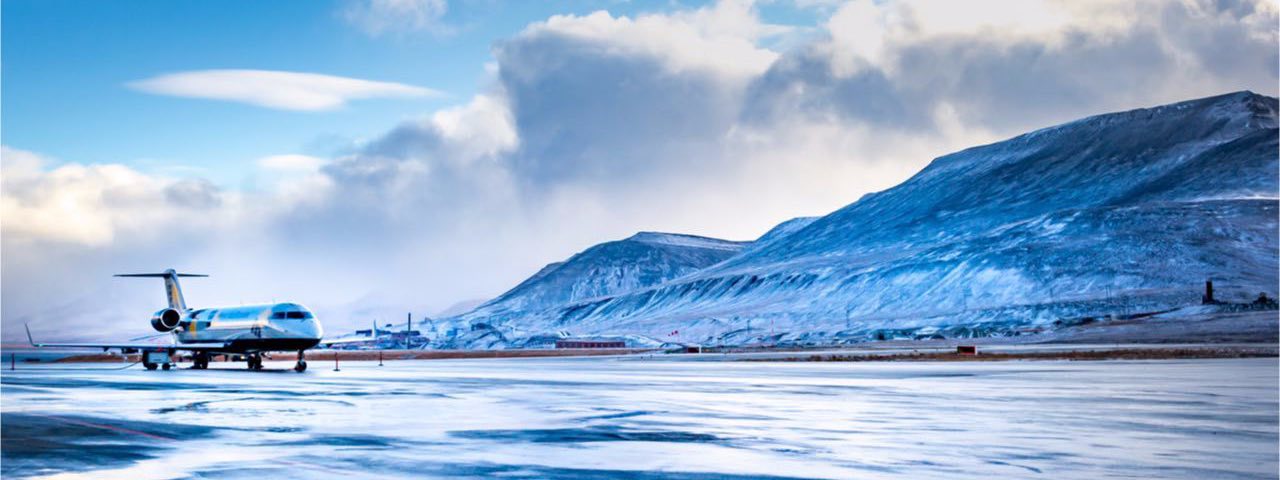9 of the World's Most Remote Airports
Human ingenuity continues to push the development of air travel to new heights, providing access to regions that were once considered impossible to reach. We identify and explore 9 of those regions, and take a look at the airports that operate within them.
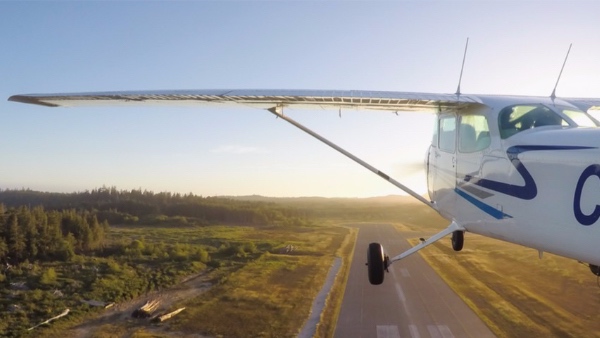
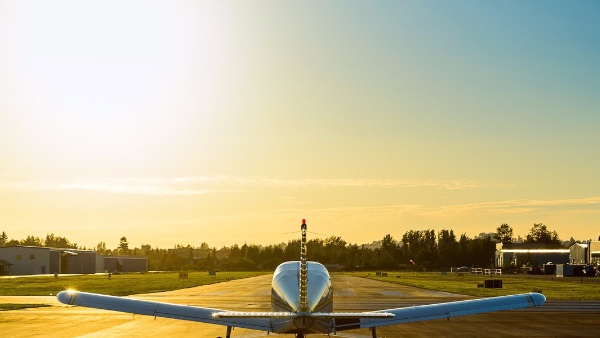
Alert Airport – Alert, Canada
Most people won’t find themselves visiting the airfield in Alert, Canada – a small town with fewer than 100 inhabitants. Not because there’s anything wrong with the town, but simply because the only reason people are even there is because of the weather station, which was built on April 9th, 1950.
In order to help people get to and from this location more easily, air travel facilities were required. An airstrip, located 520 miles (approximately 830 kilometers) south of the true North Pole, was built to provide the people here with the services and supplies they need. It has one gravel runway that is approximately 5,500 feet in length, and is operated by the Canadian Department of Defense. It is the northernmost runway on our list.
Cordova Municipal Airport – Cordova, United States
At first glance, it may surprise you to see an entry based in the United States on this list. However, once you discover that this airfield is based in Alaska, it may come as less of a shock. Despite once being a bustling copper mine town, Cordova has no road infrastructure to speak of. This small town is accessible only by ferry or, if you can afford it, plane, which is why it is considered so remote.
This air travel facility is home to two runways: one that is approximately 1,800 feet and has a gravel surface, and another that is approximately 8,000 feet but is only accessible to seaplanes as it extends into the Eyak Lake.
This facility is not to be confused with the Merle K. (Mudhole) Smith Airport, another busier airfield located in the same region.
Jack F. Paulus Skiway – South Pole, Antarctica
The first thing that might leap out about this airfield is that it’s actually referred to as a skiway. That’s because this snowy runway is only suitable to aircraft equipped with skis, such as the Lockheed LC-130 Hercules.
The Jack F. Paulus Skiway is the southern counterpart to our first entry, and is located at the South Pole itself, right next to the Amundsen-Scott South Pole Station. This research station is operated by the United States, and has between 50 to 200 people depending on the season.
Taking into account how difficult it is to first get to the continent by sea, and then to reach the station itself by land, it’s no surprise this isolated outpost has its own 12,000-foot runway. However, even taking into consideration the types of planes that have access to it, this option has even further limitations: it’s only safe for planes to operate in the region between October and February, as conditions are too risky for flying during the rest of the year.
Mataveri International Airport – Hanga Roa, Easter Island
Easter Island is famous for its incredible statues, known as Moai, that are scattered across the island. Every year, around 100,000 tourists fly to the island so that they can see these historic works of art up close.
However, the reason this region made it onto our list is that it is also home to (literally) the most remote runway in the world. The closest connecting flights come from Santiago in Chile, 2,336 miles away, even though the island is physically closer to the Gambier Islands’ Totegegie Airport, which is 1,618 miles away.
Considering this massive distance, you might be wondering who or why would someone invest the time and resources into building the necessary infrastructure for air travel in such a remote location?
The answer to that is quite simply that it was never planned for air travel. The runway was originally built as an additional location for the U.S. Space Shuttle to land, in the event that it had to abort and make an emergency landing. NASA provided additional funding for its expansion in 1987, allowing it to be used by other types of aircraft.
Nyingchi Mainling Airport – Nyingchi, Tibet
Tibet is a popular tourist destination, with many international visitors hoping to tick the icy peaks of the Himalayas off their bucket lists, and others who simply want to enjoy the general beauty and culture of the region.
However, before March 2017, anyone wanting to travel to Tibet would need to land in areas that were typically 11,000 feet or higher above sea level – a concern for those who were worried they might be affected by altitude sickness. With the opening of the Nyingchi Mainling Airport, this has become less of a concern for travelers, with the facility situated at only 9,657 feet. Even if it isn’t the best airport in the region, this gives it a competitive edge over other air travel facilities.
The reason that it made this list however is the difficult conditions that pilots must navigate in order to make a successful landing at Nyingchi Mainling. To bring visitors in safely, the pilot must navigate the plane past 13,000-foot-high mountains, which are often thick with clouds and fog at all times of the year. In addition to this, the route to the airport requires pilots to fly through the valley itself in order to land!
Paro Airport – Paro, Bhutan
Landing on a 6,500-foot runway deep in the Himalayas, surrounded by 18,000-foot peaks, while being battered from side-to-side by strong winds, are enough reasons why an airstrip might be defined as remote. Combine this with flying uneasily close to the mountains as you descend, and the lack of reliable instruments that prevent nighttime landings, and there’s no doubt why this landing location in Paro, Bhutan, made this list.
For anyone who is interested in visiting Paro and traveling by air, you will only be able to do so on a flight with a specially qualified pilot – and there are fewer than 20 pilots who are permitted to fly this route. But once you’ve made it safely onto the ground, you are free to take in the many wonders of Bhutan, including the Taktshang Goemba (Tiger’s Nest monastery) and dzongs (forts).
Petropavlovsk-Kamchatsky/Yelizovo Airport – Petropavlovsk-Kamchatsky, Russia
Located in the far east of Russia, this is the only air travel facility in the Kamchatka region. Unlike other regions, this small town isn’t a unique tourist destination. Even though life in the town is focused around the airport, this is most likely because it is home to several Russian military aviation units, as there isn’t much tourist appeal.
This military presence is probably also why this remote installation has three runways made out of asphalt and concrete. The smallest runway is a mere 735 feet, but the two larger runways come in at 8,235 and 11,155 feet each.
Svalbard Airport – Svalbard, Norway
The demand for access to Norway’s Arctic archipelago was so great that engineers designed and built a special runway for Svalbard on top of the most stable substance they could find in the area: permafrost. On completion, this air travel facility became the furthest northern installation with scheduled public flights (the airfield in Alert that we mentioned earlier doesn’t provide services to the public), making it the northernmost location on this list which caters to anyone who can afford to travel there.
Despite being so far north, there are many reasons that people want to visit this remote location, including the endless days during summer, the unending nights during winter, the wildlife, snow scooter rides, beautiful scenery, and, of course, the Northern Lights (Aurora Borealis). Apart from its harsh environment and physical location, one of the other reasons that it is considered so remote is the fact that no flights occur without daylight, which means no air travel during winter.
Sadly, despite the demand to travel to this region, Svalbard is no longer considered an international airport, having lost its international status in 2017. However, travelers shouldn’t despair, as you can still take a connecting flight from the Oslo Airport in Norway to Svalbard.
After you’ve arrived, the airport shuttle can help you easily reach your accommodation, and return you to the airport at the end of your trip. During your time in Svalbard, the bus system can help you reach any destination that is connected by road in the local communities. For the more adventurous, snowmobiles can also be used to access certain off-road locations, as well as to explore the snow-covered countryside.
Tourists should note that a passport is required for this final leg of the journey, since Svalbard is not covered by a Schengen visa.
Samedan Airport – Samedan, Switzerland
While not the most remote in terms of physical location, this airfield provides pilots and travelers with other challenges that push it into the remote category. This air travel facility is 5,600 feet above sea level, has intense winds, and difficult terrain to navigate.
Combine this with a lack of an instrument landing system, and a runway that only caters for short take-off and landing (STOL) aircraft, and it may as well be tucked away in a far-off region thousands of miles away.
That being said, this region is still culturally rich, having retained much of the Engadine tradition that is synonymous with the area. It also provides great slopes for skiing during winter, and during the summer months, great winds for gliders, and excellent mountain biking trails. This is very appealing to tourists, many of whom are willing to charter a smaller plane in order to reach this region.
Private plane charter – get access to a whole new world of air travel with Air Charter Service
While regular air travel solutions have their purpose, there are many places that are simply inaccessible via typical airlines or airborne delivery channels. Under these circumstances, you may find yourself assessing what your options are in terms of private flights, private jet charter, or private jet rental.
At Air Charter Service, we provide charter flights that ensure people or cargo get to their destinations safely and on time. We also deliver exceptional service and build long-lasting relationships with our customers.
Find out how we can help you with private jet charter services, or if you want to know more about the locations we cover, check out our complete list of destinations. If you have any other queries or would like to learn more about our services, please contact us today.

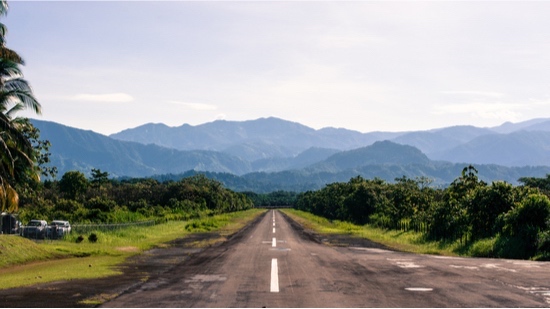 Developments in air travel have connected people to parts of the world they would never have dreamed of flying to. We take a look at 9 remote regions and the airports that provide us with access to them.
Developments in air travel have connected people to parts of the world they would never have dreamed of flying to. We take a look at 9 remote regions and the airports that provide us with access to them. 


